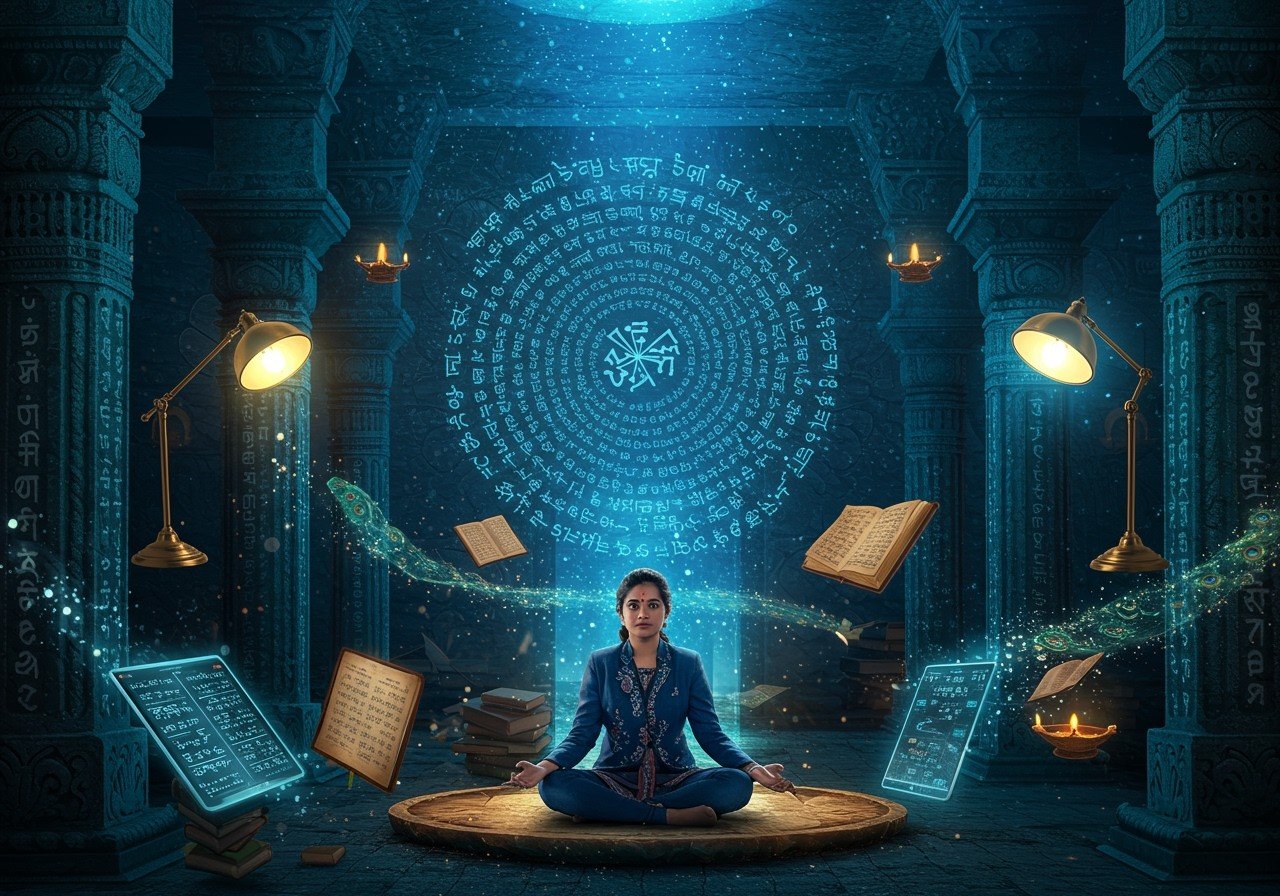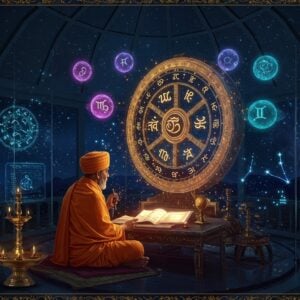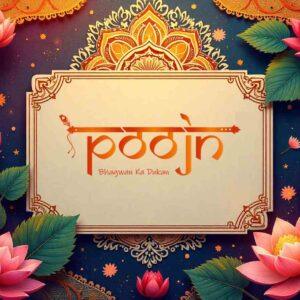
India’s classical languages occupy a position of high honor within the nation’s vibrant cultural and historical narrative. These languages have profoundly shaped cultural identities and acted as guardians of ancient wisdom across generations. To achieve the esteemed ‘classical’ designation in India, a language must demonstrate a rich heritage, a long history, and an independent character. As of January 2025, India recognizes eleven classical languages: Sanskrit, Tamil, Telugu, Kannada, Malayalam, Odia, Marathi, Bengali, Assamese, Pali, and Prakrit.
Historical Context and Significance
India’s classical languages boast deep historical roots. They were instrumental in the evolution of Indian civilization, providing the foundation for literary, philosophical, and scientific advancements. These languages have exerted a substantial influence on modern Indian languages and scripts, evident in contemporary communication. The Indian government bestows classical status based on criteria such as a language’s literary tradition and historical depth. Each classical language possesses unique literary contributions and a distinct historical timeline.
Cultural and Educational Impact
In India, classical languages serve as a living link to the past, connecting modern society with its ancestral heritage. These languages are interwoven into the educational framework, appearing in school curricula and university courses, fostering an appreciation for cultural roots among students. Cultural festivals and scholarships designed to promote these languages maintain their vibrancy and relevance. Classical languages hold a prominent role in religious ceremonies, imbuing traditional rituals with profound meaning. Preserving these languages secures future generations’ connection to their cultural heritage.
The Role of Classical Languages in Indian Society
Classical languages contribute significantly to India’s social unity and national identity, especially in regions where they are indigenous, fostering regional pride. They enrich cultural expression, reflecting India’s diverse cultural tapestry. However, the forces of globalization and modernization present challenges. Balancing progress with the imperative of preservation is paramount. Digital resources and archives represent valuable initiatives for increasing public engagement, creating innovative avenues to explore and appreciate classical languages and ensuring accessibility for all.
Government Policies and Recognition
The Indian government actively champions classical languages. Formal recognition as a classical language carries numerous advantages, including substantial funding for research and preservation initiatives. Language academies receive support to promote classical studies, and scholars benefit from grants enabling in-depth research. International organizations such as UNESCO contribute to safeguarding these languages, ensuring the preservation of a vital element of India’s cultural heritage.
Challenges and Future Prospects
Despite their significance, classical languages face contemporary challenges. The number of native speakers is dwindling, and daily usage is declining. However, technology offers a beacon of hope. Artificial intelligence and digital tools can play a crucial role in preservation efforts. Integrating classical texts into modern media formats can revitalize interest among younger generations. Innovative educational programs have demonstrated success in promoting these languages, and projects highlighting their relevance in the modern world inspire renewed appreciation for classical studies.
How Poojn.in Preserves Classical Language Heritage Through Sacred Items
Poojn.in actively contributes to the preservation of India’s classical language heritage by offering traditional puja items with authentic regional names and descriptions. Our product listings include sacred items in multiple Indian languages, ensuring accessibility for devotees from diverse linguistic backgrounds.
For instance, the sacred Kusha grass mat, indispensable for numerous Hindu rituals, is listed in various classical and regional languages:
- Punjabi: Kusha Asan (ਕੁਸ਼ ਆਸਨ)
- This demonstrates our commitment to accurately represent regional variations in sacred terminology.
- Gujarati: Darbha Aasan (દર્ભ આસન)
- We ensure items are recognizable and accessible to individuals from specific cultural backgrounds.
- Odia: Kusha Aasana (କୁଶ ଆସନ)
- Using original language names maintains the cultural and spiritual connection to these items.
- Assamese: Kusha Pat (কুশ পত)
- This promotes understanding and appreciation for diverse linguistic traditions within India.
At Poojn.in, we uphold the sanctity of traditional terms while offering convenient access to these items through our online platform. Our high-quality Kusha Asan, crafted from authentic materials, is available for purchase with detailed descriptions in multiple languages, strengthening the connection between classical languages and contemporary religious practices. Our multilingual product descriptions ensure younger generations understand the significance of these sacred items in their native languages while enjoying the ease of online shopping. Visit Poojn.in to explore our collection of traditionally named puja items that bridge classical language heritage with contemporary needs.
Embracing the Legacy
India’s classical languages are repositories of timeless wisdom and cultural opulence that continue to shape our society. They are not merely relics of the past but serve as foundational pillars of our present cultural identity. By embracing these languages, we honor our ancestors and instill in future generations a deep appreciation for their heritage.
The collaborative efforts of educational institutions, government policies, and digital innovations are essential to ensuring the vitality of these languages. As we navigate the complexities of globalization, we must strive for equilibrium, ensuring that progress does not eclipse preservation. Supporting initiatives and resources dedicated to classical languages empowers us all, fostering a profound appreciation for the rich tapestry of Indian culture. Together, by nurturing these languages, we construct a bridge that connects our past, present, and future, guaranteeing that the legacy of India’s classical languages flourishes for generations to come.


